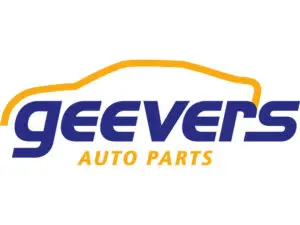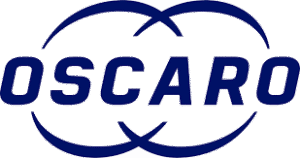Due to staff changes, Geevers Auto Parts saw inventory knowledge disappear, and Slimstock’s solution was no longer being used efficiently. A large-scale improvement project with on-the-job coaching resulted in outstanding improvements.
Geevers Auto Parts supplies auto body repair shops. The Netherlands-based company has been using Slimstock’s solution for more than six years. However, due to staff changes, the knowledge had drained from the organisation, and the team saw an opportunity to use the system to full capacity again.
“The business complexity is systematically increasing,” says Purchasing Manager Edwin Karelsen. “Car manufacturers are launching new models faster and faster. Managing component lifespans and stocking the right items are crucial for maintaining control. For us, that control was temporarily lost: our warehouses were overflowing with excess inventory.”
Improvement program
To overcome this challenge, an improvement programme was launched, which examined the entire inventory management process. Processes were analysed, employee knowledge was updated, and a new expert was included in the project to critically review all settings and master data.
“We created a new product classification of the range, which we used to recalibrate the desired service levels,” says a Supply Chain Analyst at Geevers Auto Parts. “Given the high level of cross-docking, we paid particular attention to the stock/non-stock parameters. The previous rule was that an item was only stocked if it was ordered more than ten times a year. However, that rule no longer worked so effectively. Instead, we now use the Assortment Matrix, which contains more refined decision rules for whether or not to stock an item.”
Coaching on-the-job
The optimisation project was completed six months ago, and Edwin is pleased with the results: over €2 million worth of excess inventory was cleared, availability improved by 10%, and the cross-docking ratio decreased by 10%. “Slimstock experts brought a wealth of knowledge, and its coaching was incredibly effective. Our team is now on top of things, performs their own process analyses and calculations, and monitors whether we’re on track. I see that we are now getting much more out of the solution, and more importantly: that we have an organisation that continues to improve itself.”









